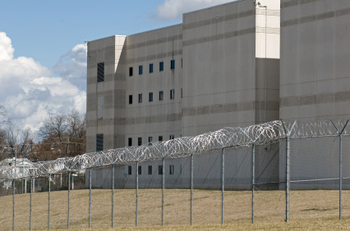
Rules aim to eliminate sexual assault through a comprehensive regulatory scheme.
The Department of Justice (DOJ) recently released a final rule establishing for the first time nationwide standards to prevent rape in prisons, jails, juvenile detention centers, and other correctional facilities. The DOJ’s executive summary directly confronts cultural notions about prison rape, taking the position that sexual assault is never “punishment for a crime. Rather, it is a crime, and it is no more tolerable when its victims have committed crimes of their own.”
New regulations include minimum staffing and supervision standards, screening of likely perpetrators and victims, and limits on cross-gender searches and observation. The rules pay special attention to the increased vulnerability of juvenile, disabled, and gay, lesbian, bisexual, and transgender inmates.
Detention facilities will be subject to audits every three years to ensure compliance. In a change from the proposed rule issued in January 2011, the audits must be conducted by outside entities, not by an internal inspector general or anyone who reports to the agency head.
This rule is the product of a government process beginning when Congress passed the Prison Rape Elimination Act of 2003. Years of discussion between government officials and advocates for prisoner rights likely shaped the final rule. For example, the demonstrable evidence of advocacy from all sides of the issue can be seen in the over 1,300 comments to the proposed rule that the DOJ received.
The standards were released the same day as a Bureau of Justice Statistics report showing nearly ten percent of adult, former state prisoners report being the victim of sexual assault while incarcerated.
The regulations are mandatory in all federal prisons, but they will likely be influential in states as well. States could lose five percent of their federal financing if they choose not to comply. Under the rule, some agencies with containment facilities, including the Department of Homeland Security, will be allowed to draft their own regulation, which some immigration advocates claim is a cause for concern.
The DOJ estimates the new regulations will cost nearly $7 billion over the next fifteen years, with the annual cost of compliance for a typical prison to be approximately $55,000. The Department asserts that the measures are cost effective, because it estimates eliminating all prison rape and sexual abuse would yield an annual social benefit society of approximately $52 billion.



